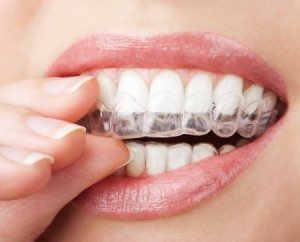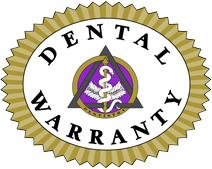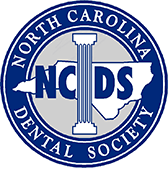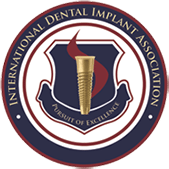 Anyone who’s maintained a coffee-drinking habit for more than a few years has, at some point, probably wished that they could make their teeth bright and white again. Foods and beverages with strong pigments, high acidity and tannin levels can all cause teeth to become stained and discolored over time. Unfortunately, as much as we might love some of the things that cause staining, teeth discoloration is a serious point of insecurity for many people.
Anyone who’s maintained a coffee-drinking habit for more than a few years has, at some point, probably wished that they could make their teeth bright and white again. Foods and beverages with strong pigments, high acidity and tannin levels can all cause teeth to become stained and discolored over time. Unfortunately, as much as we might love some of the things that cause staining, teeth discoloration is a serious point of insecurity for many people.
In recent years, the consumer market has become flooded with a variety of products that all claim to make teeth as beautiful and white as new-fallen snow. Some of these, when used as directed, can yield positive results. Others are somewhat less than impressive. For serious cases of discoloration, people may have to turn to professional teeth whitening treatments to reverse staining. Today, we’ll assess your options.
Surface Whiteners
Most over-the-counter whitening products fall into this category. Surface whiteners typically use an abrasive component to remove superficial surface stains that can occur as a result of eating, drinking, smoking or neglecting regular dental cleanings. Whitening chewing gums and toothpastes are examples of these products. Surface whiteners essential polish teeth to remove light staining.
When used consistently over long periods of time, a surface whitener can, as its name implies, effectively remove stains from the surface of teeth. What it won’t be able to do is remove deeper “intrinsic” stains that actually change the color of the tooth itself. For that we’ll have to turn to bleaching agents.
Peroxide Bleaching
For many years, this option could only be employed under the supervision of a dentist. Today, products like Crest White Strips offer consumers the opportunity to bleach their teeth without a prescription. Over-the-counter bleaching agents are sold in far lower concentrations than their dentist-prescribed counterparts, but they can whiten stained teeth by at least a few shades. It’s important that consumers use these products as directed, however, as improper use can lead to soreness and sensitivity in the soft tissues of your mouth.
Peroxide bleach treatments from your dentist may come in a variety of forms. Some of these are painted onto teeth and activated with heat or light. Others are applied in custom-formed trays that look like mouth guards. Because these treatments typically use much higher concentrations of peroxide, they are often able to whiten far deeper, more serious stains.
It’s also important to bear in mind that bleaching agents won’t affect the color of crowns, fillings and veneers. Using a bleaching agent on a tooth with a crown, for example, may cause a discrepancy between the color of the natural tooth and that of the crown. Bleaching products should also never be used on teeth with cavities. Allowing peroxide bleach to penetrate a tooth through a cavity can cause serious damage to the living tissue within the tooth, potentially resulting in extreme pain and even nerve death.
Other Considerations
Because peroxide in any concentration can cause increased tooth and gum sensitivity, it’s always a good idea to notify your dentist when you begin using over the counter bleaching products. You may also want to avoid especially hot and cold beverages following bleaching treatments. While the adverse effects of over the counter treatments are typically temporary and benign, it never hurts to keep your dentist in the loop.
Don’t be discouraged if surface whiteners don’t net you the results you’re after right away. These products typically take a while to show results. Or, it might mean that you’ll need to try peroxide bleaching to remove deeper staining.
Here at Modern Family Dental Care, we’ve helped hundreds of our patients in the Charlotte area to achieve healthy, white smiles. Struggling to whiten your teeth with over-the-counter products? Give us call today to schedule a new patient consultation and explore other professional whitening options. We look forward to hearing from you!






